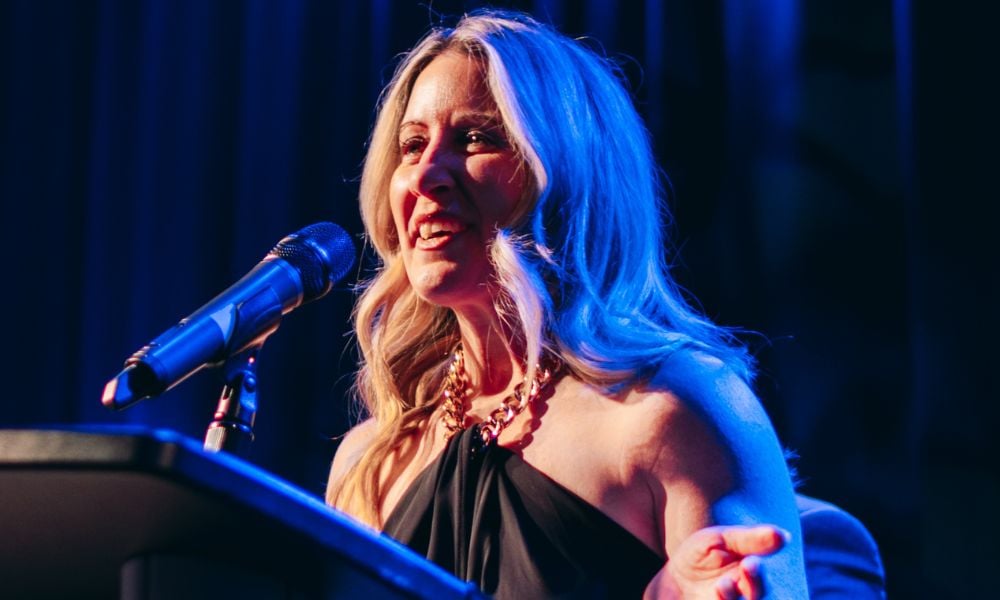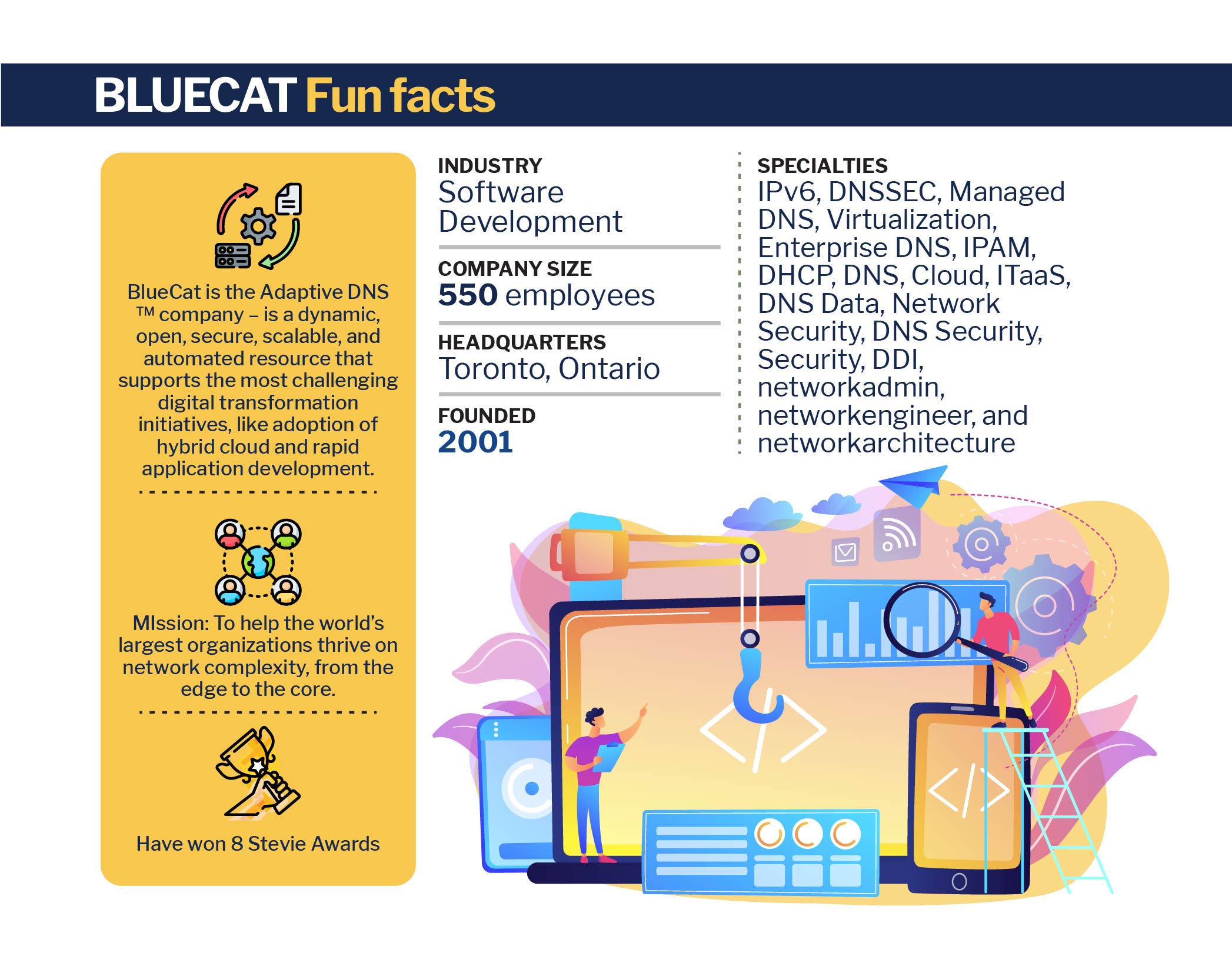
'The best HR teams are ones that are looking at the business goals,' says BlueCat Network's CPO

Since the pandemic, software giant BlueCat has expanded the way it hires. COVID acted as a catalyst, highlighting new ways to manage a remote and hybrid workforce – with BlueCat not only embracing remote work but taking bold steps to celebrate and integrate diverse cultures within the organization. Especially where acquisitions are concerned.
Cheryl Kerrigan, Chief People Officer at BlueCat, tells HRD that after recently acquiring a company in Iceland, they were determined to preserve the iconic BlueCat culture while integrating new traditions.
“That's really important when you think about global organizations,” she says. “You can bring people into your organizational culture, but I think it's important to celebrate the traditions and culture of the company you’re acquiring. In our particular instance, we opened up an office in Serbia - we intentionally did that to take advantage of the great talent that's there.”
BlueCat has hired 75 people there in the last year.
“It’s about getting to know their cultures and tradition but under the lens of that we’re all BlueCat, we're all one company but we’re celebrating everyone's differences. I think employing a DEI strategy and not painting everyone into the culture of the head office while trying to learn and understand and pay attention to those particular nuances - I think that's served us well in our hiring and diversity strategy,” says Kerrigan.
With Red Bull F1 team boss under investigation, how should employers handle harassment complaints?
HR’s role in acquisitions is a nuanced one. On the one hand, it’s super practical – ensuring legal compliance, overseeing admin and making sure logistics are running smoothly. On the other, it’s deeply personal. HR is in charge of culture, of authentic onboarding, of ensuring those new people feel safe and supported in the fold of the new ‘mothership’.
And if it all ends poorly, HR is often blamed. According to research from PwC, there’s been a large decrease in employees reporting ‘significant success’ around employee retention in M&As, dropping from 56% to just 10% in 2019. This is why an emphasis on culture is key here – as Kerrigan understands all too well.
“When it comes to our cultural development, one of the more significant developments is our culture code,” she says. “That was based on crowdsourcing our entire employee base. We have an annual kickoff which we host every year, where we invite everyone from around the globe to come in. It's most often been in Toronto, because that's where our head offices are. During these kickoffs, we celebrate our culture and bring it to life by awarding employees for embracing our culture.”

The company wanted to ensure it heard from each employee when thinking about its culture, says Kerrigan, “so what we did is lead the organization through a series of questions to really tease out how we want to show up for each other: What can our customers expect from us? What are our aspirational goals as an organization?”
The culture code also serves as more than just an internal guideline; it plays a crucial role in the company's acquisition strategy, as it is used as a basis to look at which companies are being acquired and whether they share similar cultural attributions.
"The culture code was one of the initial ideas I had coming into BlueCat because I knew we were going to have explosive growth,” Kerrigan says. “In the last year, we've done a couple of acquisitions, and that culture code has really driven not only our employee engagement but also what we hold as critical in what and who we're looking to acquire.”
As Chief People Officer, Kerrigan not only leads the HR department but also contributes to executive decisions. There is a delicate balance between these two roles, and Kerrigan emphasizes the synergy between business goals and people strategy.
"The best HR teams are ones that are looking at the business goals and really aligning the people strategy on how to help achieve those business goals," she says.
What they really want: top employer of young employees shares strategies on retention
But behind every successful HR leader is a faithful CEO who always has their back. The collaboration between Kerrigan and BlueCat’s CEO, Stephen Devito, led to the creation of BlueCat Academy, an online e-learning platform designed to familiarize every new employee with the company's products and services. Both Kerrigan and Devito share a commitment to creating a comprehensive and educational onboarding experience.
“[Devito] saw the value in learning and development,” adds Kerrigan. “He’s very passionate about creating a learning culture, and so am I, so it's been very aligned. We seem to be pretty lockstep in kind of organization we want to work at and what kind of employee experience we want to give.”
And for any fresh-faced HR practitioners looking to emanate Kerrigan’s success in their own career, she’s adamant that curiosity definitely did not kill the cat.
“The thing that served me well is curiosity: Being open to that whole learning culture, constantly networking and understanding the things that are coming from an HR perspective. None of us could have imagined what the HR professional would look like post pandemic – but I think curiosity and problem solving, as well as a willingness to try new things, has served me well.”